Functional training is still one of the most popular fitness regimes for good reason. Such training focuses on movements used in every day life, movements that may cause injury or challenges as the body ages. Thus, creating a functioning workout is important. While we were young, working out at the gym a few times a week was sufficient. But aging bodies know all too quickly that how we keep healthy, active, and free of injuries changes once we pass middle age. Now we must worry about how installing a new microwave or picking up a grandchild might affect our bodies.
To counterbalance this, functional training can help, especially functional training specialists who focus on aging. No longer will you be hitting the gym to isolate muscles in machines where you sit or lean. Instead, functional training is about getting your muscles to work together, using your own body for balance, weight support, and movement. Keeping up cardiovascular exercise and healthy nutrition is as important as the functional workouts as well.
New York City personal trainers, who are also certified functional aging specialists, may have you practice exercises and cardio drills that will help in daily life. For example, a bent standing row requires free weights, balancing on your own two feet, and the action of picking something up. Using appropriate posture and breathing is especially important to maintain good health and prevent injuries, like throwing out your lower back. Holding bags of weights in both hands while walking around an area of varying terrain can help prepare for the unexpected while grocery shopping.
To create a workout that meets your daily functional needs, a New York City personal trainer can help. Once a routine is established, relying on a personal trainer in New York City to keep your movements and posture perfect can help extend your independent abilities and prevention of injuries.


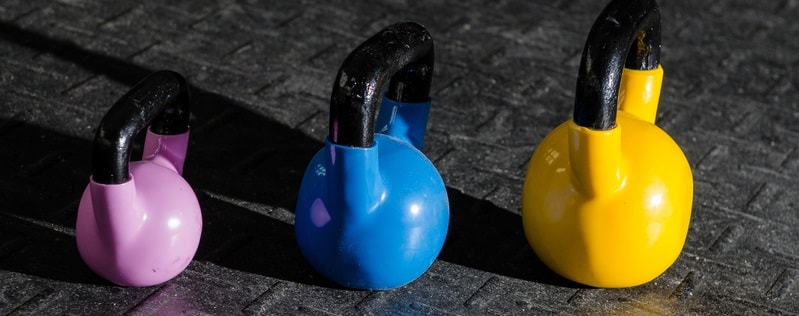


 I like the start people off with a bodyweight box squat. This allows for focus on sitting back to a target without the fear of falling over.
I like the start people off with a bodyweight box squat. This allows for focus on sitting back to a target without the fear of falling over. The concept of staying upright and pushing your butt back is difficult for a lot of people so the Goblet squat is an optional progression that helps achieve both. If this is not a concern then going from the bodyweight squat to the weighted box squat is the most natural progression.
The concept of staying upright and pushing your butt back is difficult for a lot of people so the Goblet squat is an optional progression that helps achieve both. If this is not a concern then going from the bodyweight squat to the weighted box squat is the most natural progression. Progressions:
Progressions:
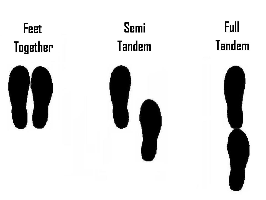 1) Tandem Stand – place one foot in front of the other. Although you’re flat on the floor, you’ll look like you’re on a balance beam. Can you stand still here and feel stable for 30 seconds? If so, try a tandem walk, basically walking down your imaginary balance beam. If that feels stable, try walking on a foam balance beam in your gym (Airex and BeamFit are major brands), or a long 2×4 from your garage. (Be sure to only walk on the solid 4″ side, not the 2″ side!) With any of these options, stand near a countertop, heavy gym machine, park railing, or something else you could grab if you needed to.
1) Tandem Stand – place one foot in front of the other. Although you’re flat on the floor, you’ll look like you’re on a balance beam. Can you stand still here and feel stable for 30 seconds? If so, try a tandem walk, basically walking down your imaginary balance beam. If that feels stable, try walking on a foam balance beam in your gym (Airex and BeamFit are major brands), or a long 2×4 from your garage. (Be sure to only walk on the solid 4″ side, not the 2″ side!) With any of these options, stand near a countertop, heavy gym machine, park railing, or something else you could grab if you needed to.
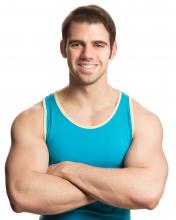
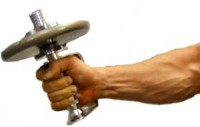
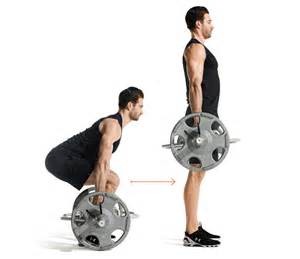 Unfortunately, there are many lifters who opt for quantity over quality, using lifting straps and other means in order to lift more weight. There’s nothing wrong with this—it’s important to continue challenging the prime mover muscles—but making such an accommodation comes at the detriment of forearm strength.
Unfortunately, there are many lifters who opt for quantity over quality, using lifting straps and other means in order to lift more weight. There’s nothing wrong with this—it’s important to continue challenging the prime mover muscles—but making such an accommodation comes at the detriment of forearm strength.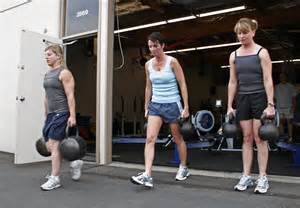 #2. Farmer’s Walk
#2. Farmer’s Walk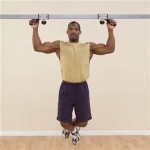 #3. Pull-up
#3. Pull-up






